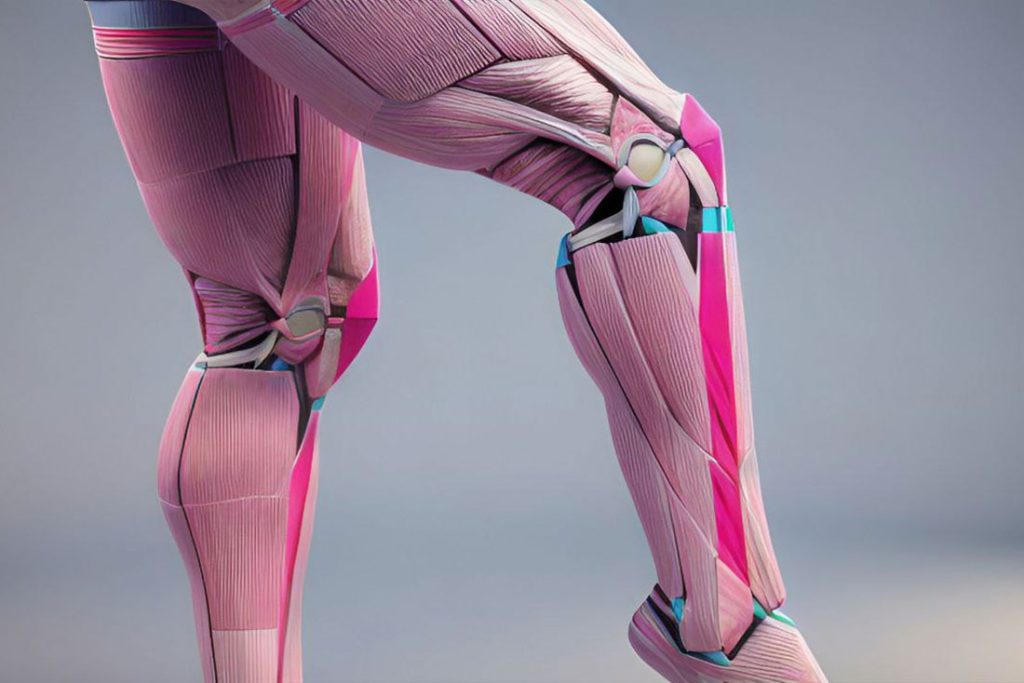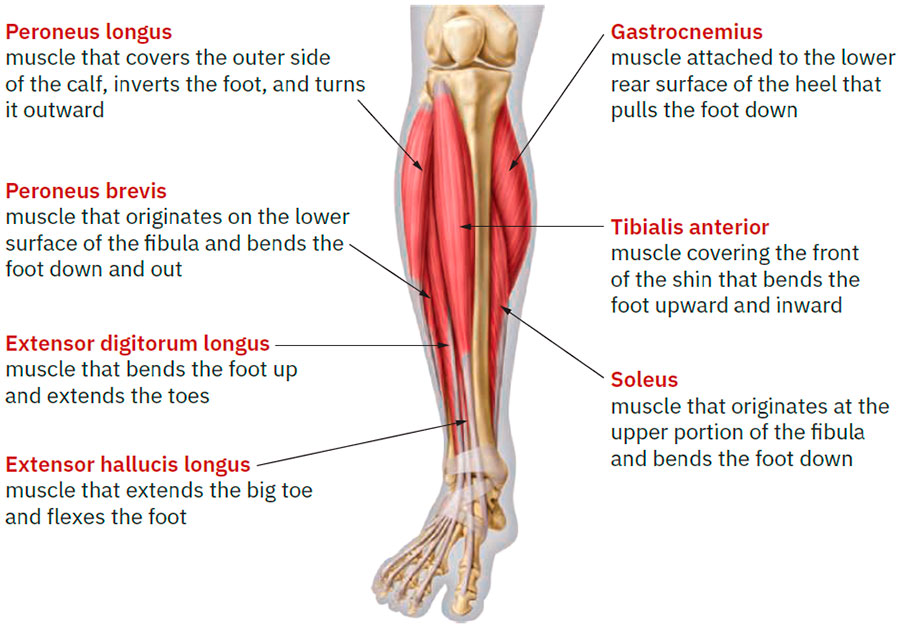Navigating the Lower Leg and Foot Muscles: Valuable Insights for Pedicure Specialists
The lower leg and foot, although typically given less attention, are just as crucial as the hand in the world of cosmetology, particularly in the field of pedicure services. A broad array of small, but significant muscles are present in these areas, providing proper support, cushioning, and the mobility necessary for various activities. As pedicure specialists, it’s essential to understand these muscles to provide optimal service and help clients maintain their foot health.

Lower Leg and Foot Muscles
The Anatomy of Lower Leg and Foot Muscles
The lower leg and foot muscles mainly consist of seven significant muscles, each with its specific function:
- Peroneus Longus: Located on the outer side of the calf, this muscle plays a pivotal role in foot eversion and plantarflexion, or in simpler terms, turning the foot outward and downward.
- Peroneus Brevis: Originating on the fibula’s lower surface, this muscle aids in foot eversion and plantarflexion, just like Peroneus Longus, but it specifically helps bend the foot down and out.
- Tibialis Anterior: Covering the shin’s front, this muscle is involved in dorsiflexion and inversion of the foot, meaning it helps in bending the foot upward and inward.
- Gastrocnemius: Found at the back of the lower leg, this muscle’s primary function is to facilitate plantarflexion, which is the action of pulling the foot down.
- Soleus: This muscle originates at the fibula’s upper portion and works closely with the gastrocnemius to enable plantarflexion.
- Extensor Digitorum Longus: This muscle extends the toes and also helps in dorsiflexion of the foot, or bending the foot upward.
- Extensor Hallucis Longus: It helps in extending the big toe and dorsiflexion of the foot.


Relevance in Pedicure Services
Understanding the intricate details of lower leg and foot muscles is incredibly useful for pedicure specialists. These muscles’ relaxation and stimulation can profoundly affect the overall pedicure experience, enhancing blood flow and alleviating muscle tension in the process. Pedicure specialists, equipped with this knowledge, can provide services like foot massages with an anatomically informed approach, significantly improving their client’s experience.
Maintaining Lower Leg and Foot Muscle Health
Lower leg and foot muscles can be prone to fatigue, especially in clients who stand or walk excessively. Regular stretching, foot exercises, and massage can alleviate muscle tension and promote healthy circulation. In pedicure services, foot baths, exfoliation, and massage techniques can all contribute to the relaxation of these muscles, providing clients with a much-needed relief.
The lower leg and foot muscles, while often overlooked, play a vital role in maintaining overall foot health and mobility. For pedicure specialists, an understanding of these muscles is not just a piece of additional knowledge but a fundamental part of providing excellent service. By incorporating anatomically informed techniques into their practice, they can significantly elevate the client’s experience, ensuring a truly therapeutic and rejuvenating pedicure.






